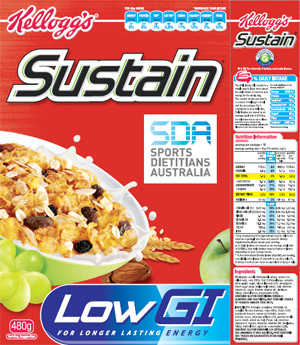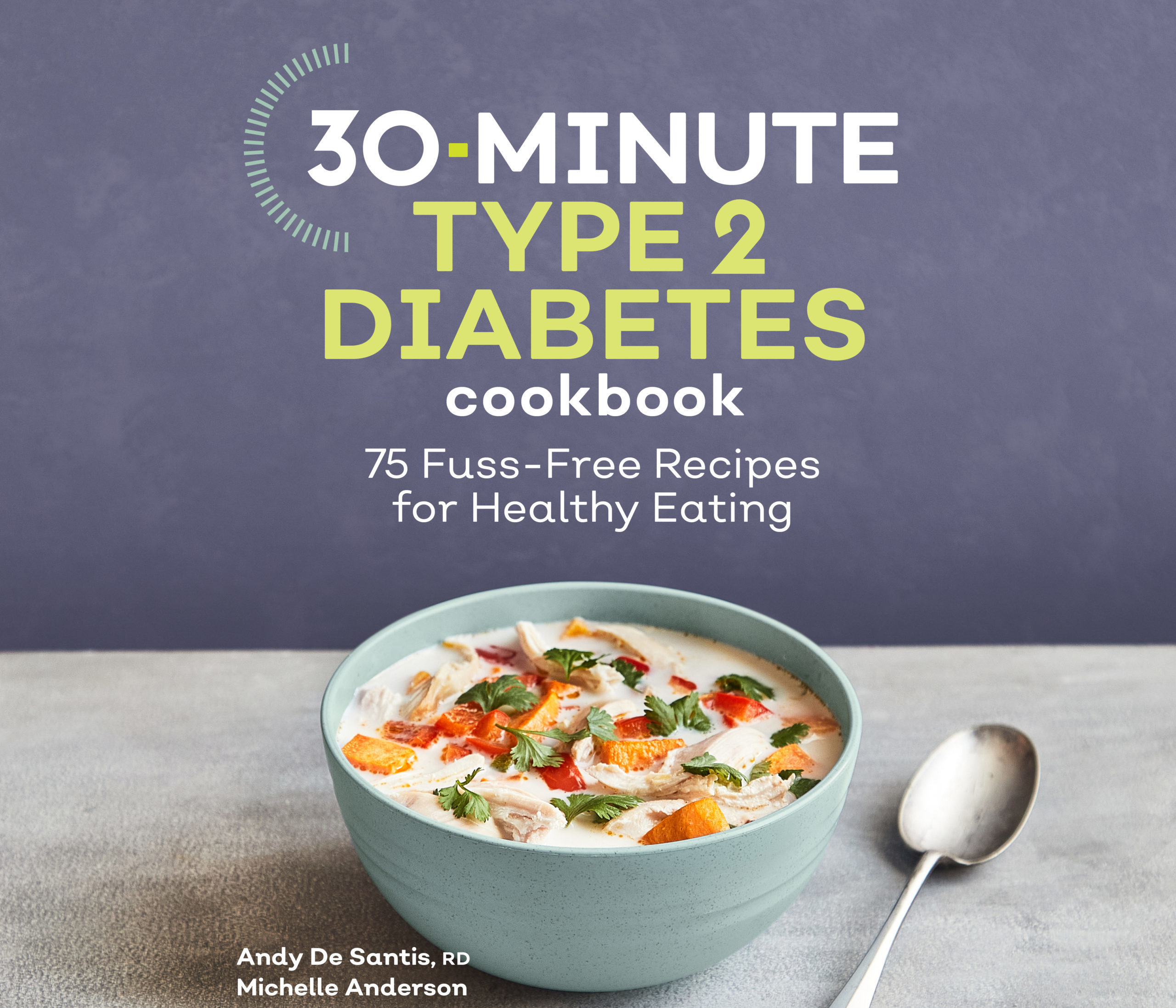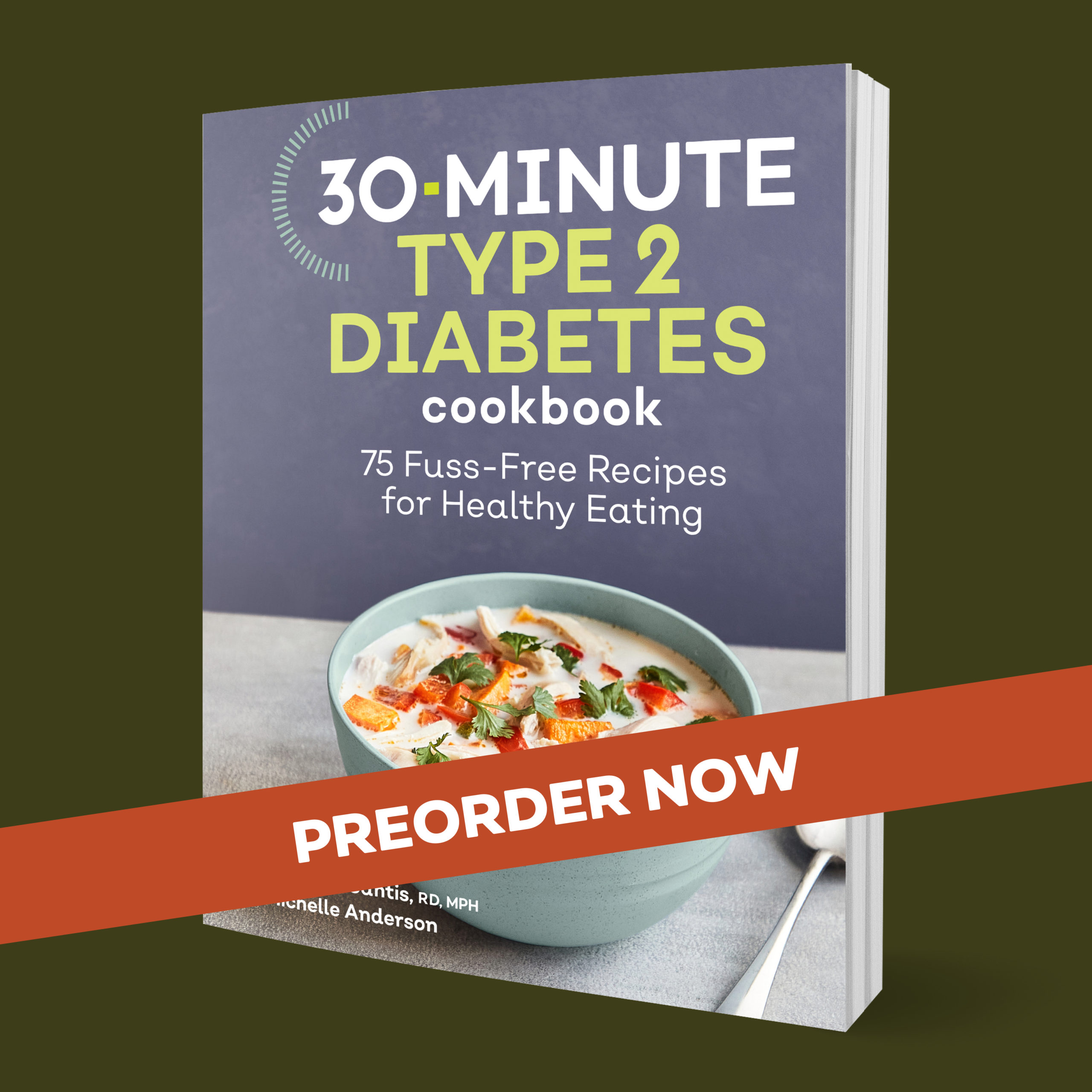Oatmeal is widely considered among the most nutrient dense breakfast options, and it also serves as an excellent point of discussion when it comes to the relevance of glycemic index to both general health and to those living specifically with diabetes.
A whole grain packed with a soluble fibre known as beta-glucan, oats of any kind are exceptionally useful for lowering blood cholesterol levels.
If elevated cholesterol is concern, oatmeal is a great choice.
But we must also acknowledge that oatmeal, however, also happens to come in a variety of shapes and sizes and not all of them are made equal when it comes to their affect on blood sugar levels.
That’s what the article is all about.
The focus of today’s discussion centers around the the differences between Instant And Steel Cut oatmeal, which both contain soluble fiber but have quite different effects on blood sugar levels owing to a significant difference in glycemic index.
As I discussed in my brand new 30-minute Type 2 Diabetes Cookbook, and underline below, glycemic index is a relevant consideration in those with blood sugar management concerns.

So Why Are They Different?
Steel Cut and Instant oatmeal are on opposite ends of the glycemic index spectrum due to the extent to which they are modified after harvest.
On the one hand, Steel Cut oats are essentially the closest thing you can find to oats in their original form.
The original oat kernel is cut once or twice with a steel blade to create them ( also known as Irish Oats).
They take 25-30 minutes to cook, which may deter some people from purchasing them.
They also tend not to be as visible or well represented on grocery store shelves.
On the other hand, instant oatmeal is essentially the most heavily processed version of oatmeal ( excluding oat flour I suppose?) , requiring as little as 60 seconds to cook.
There are a number of varieties of instant oatmeal available and they tend to be very visible on grocery store shelves.
They cook so quickly as a result of an extensive process of cutting, pre-cooking, steaming and flattening.
There are a variety of other types of oatmeal that are available as well and these varieties essentially fall somewhere in between steel cut and instant oatmeal in terms of level of processing and cooking time.
Differences In Nutritional Value?
Despite going through a much more significant processing procedure, instant oats retain most of their original nutritional value.
The calorie, fibre and vitamin/mineral values remain very similar between steel cut and instant oatmeal.
This is essentially why instant oatmeal, despite significant processing, can still be referred to as a whole grain.
Glycemic Index – The Significant Difference
The one critical difference between Steel Cut and Instant Oatmeal is how rapidly they are broken down and absorbed into your bloodstream ( and how much/how quickly they raise your blood sugar as a result).
This phenomenon is measured using the glycemic index.
Steel Cut oatmeal has a low glycemic index score because it is digested and absorbed slowly and does not raise your blood sugar quickly nor very high.
Conversely, instant oatmeal has a high glycemic index score ( similar to white bread ) because it is absorbed quickly and raises your blood sugar rapidly and to higher levels.

The amount of each food you eat also has a role to play ( known as glycemic load) but for the sake of today’s article I will carry out the discussion assuming all things are equal quantity wise.
So is that enough of a reason to drop your instant oats for steel cut?
What Does Science Say About Glycemic Index?
First of all, you should know that there was a period of time several years ago when Health Canada actually considered putting the Glycemic Index ( GI) values on food labels.
Ultimately, Health Canada chose not to at that time for a variety of reasons, one of them being that although GI is useful, there is much more to a food than JUST its glycemic index score.
GI labeling exists, however, in certain places around the world (Australia 2011 is the date/origin of product below)

And I don’t think it’s the worst idea, as long as it’s done correctly.
Here’s why:
When I looked at some of the best available evidence on the connection between dietary choices, glycemic index and health outcomes, I generally found that people who had diets including more lower glycemic index foods had a reduced risk of chronic disease across a broad spectrum of categories including:
Type 2 Diabetes/ Blood Sugar Control
If you are living with prediabetes or recently diagnosed type 2 and need help lowering your A1C, my new book [pictured and linked below] is a great starting point.
Other Health Implications?
Lower GI dietary patterns have been implicated in risk reducing in a variety of other contexts as well.
Now, among some of the other foods that have a high glycemic index ( ie: white bread, pure glucose), instant oatmeal is surely a superior selection.
It’s safe to say , however, that instant oatmeal is not quite at the level of steel cut oatmeal when it comes to overall healthfulness.
And there is something else to consider as well:
In a 2014 Journal of the American Medical Association study, researchers found that when someone’s overall dietary pattern is quite strong, going out of your way to choose lower glycemic index foods does not offer benefits to risk factors such as insulin sensitivity, blood pressure and blood cholesterol. ( which are all risk factors for chronic disease).
In other words, if you are otherwise healthy and have a strong dietary pattern, it might not matter whether you choose instant or steel cut oatmeal for breakfast.
So what is the take home message then?
Take Home Message
Glycemic index ( owing to physical/mechanical processing) is the defining attribute separating instant and steel cut oatmeal.
Glycemic index matters, especially in the context of diabetes management, which is why the high glycemic index score of instant oatmeal is not necessarily ideal.
When all else is equal, it generally makes sense to choose the food with a lower glycemic index even if it is certainly far from the most important characteristic of a food.
If you eat a strongly balanced diet and choose instant oatmeal out of convenience, it’s unlikely to have any great negative consequences on your health.
Until next time,
Andy De Santis RD MPH
My new book is full of knowledge like this and recipes utilizing low GI ingredients that will help contribute to improved blood sugar control.
Need My Help To Take Control Of Your Blood Sugar? Reach Out.






